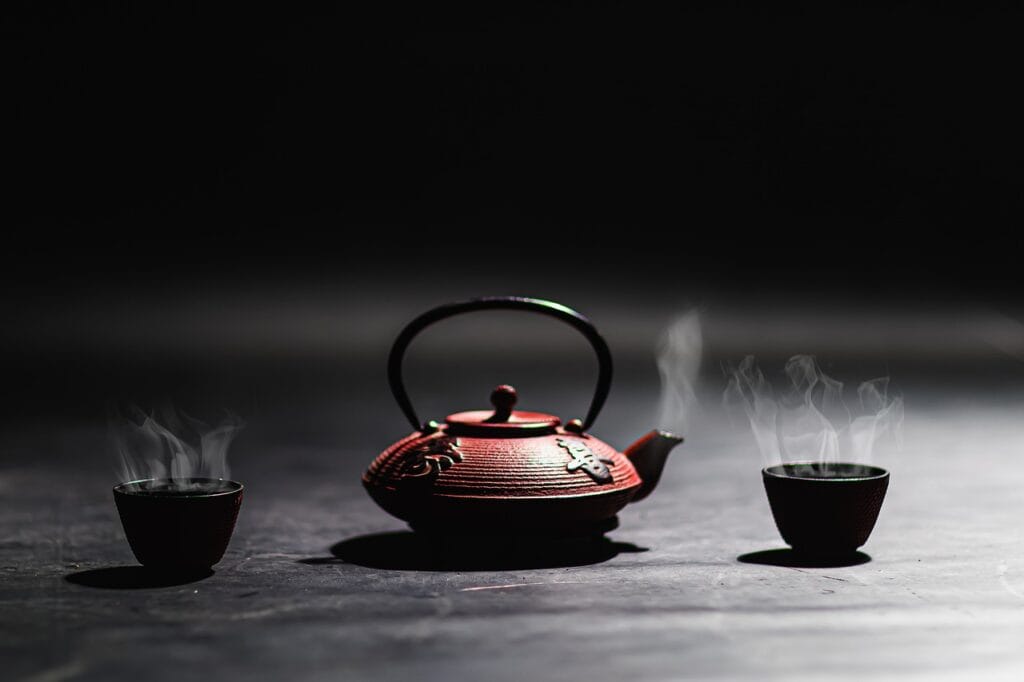Puer Tea National Standard
Puer tea is a geographical indication product from Yunnan, and its production process and product characteristics are unique. GB/T 22111-2008 “Geographical Indication Product Puer Tea,” which came into effect on December 1, 2008, further regulates the production and supervision of puer tea products. The earliest local standard for puer tea, DB/T 103-2003 “Puer Tea,” was introduced in 2003. In the following years, due to the growing popularity of puer tea in both domestic and international markets and the rapid expansion of the puer tea production area, this local standard no longer met the needs of the developing puer tea industry.

Consequently, in 2006, the standard was revised, and the updated local standard, DB 53/103-2006 “Puer Tea,” replaced the original one. At the same time, three supporting local standards were introduced: DB 53/T171-2006 “Puer Tea Origin Environmental Conditions,” DB53/T172-2006 “Puer Tea Production Technical Specifications,” and DB53/T173-2006 “Puer Tea Processing Technical Specifications.” GB/T 22111-2008 was formulated based on these four local standards to comply with the requirements of the national standard for geographical indication products.
Main Indicators Analysis
As a geographical indication product, the standard stipulates that only tea made from Yunnan’s large-leaf sun-dried green tea and processed using specific techniques within the geographical indication area can be called puer tea.
From the product type perspective, puer tea is divided into:
- Puer tea (ripe tea)
- Puer tea (ripe tea) compressed tea
- Puer tea (raw tea) compressed tea
Among these, any loose-leaf puer tea is considered puer tea (ripe tea). The fresh leaves are processed into different levels of sun-dried green tea raw material, which is then fermented through post-fermentation processes, resulting in 11 product grades.
Post-fermentation is a key step in the production of puer tea. There are two types of post-fermentation:
- Quick post-fermentation: This occurs in the unique environmental conditions of the puer tea-producing area. By artificially controlling temperature and humidity, microbial activity, heat and humidity, oxidation, and enzymatic reactions, the internal substances of the tea undergo a series of transformations, resulting in the unique characteristics of puer tea (ripe tea) in a short time.
- Slow post-fermentation: This occurs naturally, where puer tea (raw tea) undergoes microbial activity, heat and humidity, oxidation, and enzymatic reactions in a specific temperature and humidity environment over a long period, forming the unique characteristics of puer tea (ripe tea).

The standard also differentiates the physicochemical indicators for puer tea (raw tea) compressed tea, puer tea (ripe tea) compressed tea, and puer tea (ripe tea) sypaný čaj. For example, the tea polyphenol content for puer tea (raw tea) compressed tea must be ≥28.0%, while for puer tea (ripe tea) compressed and loose tea, it is ≤15.0%. The water extractable content must be ≥35.0% for puer tea (raw tea) compressed tea, while puer tea (ripe tea) compressed and loose tea must have a minimum of 28.0%.
Thus, due to differences in processing techniques, the internal physicochemical composition of puer tea (raw tea) and puer tea (ripe tea) changes significantly, especially the reduction in tea polyphenol content from raw to ripe tea, and the standards reflect these differences.
Safety and Quality Control
The standard outlines uniform safety indicators for raw sun-dried green tea and puer tea (ripe tea), including limits for heavy metals such as lead and rare earth elements, as well as pesticide residues like chlorpyrifos, bifenthrin, dimethoate, and endosulfan. Microbiological limits are also specified, with no pathogenic bacteria allowed. Other safety indicators must comply with national regulations.
Additionally, the differences in processing methods for puer tea (raw tea) and puer tea (ripe tea) lead to differences in sensory qualities and physicochemical indicators. Therefore, the standards for sensory and physicochemical evaluations of puer tea (raw tea) are not suitable for assessing the quality of aged puer tea (raw tea). This highlights the need for more stringent inspection standards for aged puer tea (raw tea) products.
Standardization of Naming
Currently, there are numerous names for puer tea products, such as “Tea Horse Road Seven Cakes Tea,” “Impression Yunnan Seven Cakes Tea,” “Daughter Red Brick Tea,” and “Golden Avenue Tuo Tea,” among many others. With so many names, people are often confused about what qualifies as “puer tea.”
According to the standards, only tea made from Yunnan’s large-leaf sun-dried green tea within the geographical indication protected area, processed using specific techniques, and exhibiting the distinctive puer tea characteristics can be labeled as puer tea.
It is essential that puer tea products are properly labeled as food, not collectibles. In the national standard for geographical indication products, puer tea is divided into two major categories: puer tea (ripe tea) and puer tea (raw tea). The puer tea (ripe tea) category is further divided into puer tea (ripe tea) loose tea and puer tea (ripe tea) compressed tea. The raw tea category only includes puer tea (raw tea) compressed tea. Therefore, puer tea products should be clearly labeled with names such as “Puer Tea (Sypaný čaj),” “Puer Tea (Ripe Tea) Seven Cakes,” or “Puer Tea (Surový čaj) Tuo Tea.” Other names can be used as supplementary descriptions of the product’s characteristics or cultural background.
Puer tea (ripe tea) is made from sun-dried green tea that undergoes post-fermentation. During this process, compounds like tea polyphenols undergo complex transformations under high temperature and humidity, resulting in puer tea’s unique color, aroma, and taste. Puer tea (ripe tea) typically has a reddish-brown or grayish-white color, a deep red brew, a unique aged aroma, and a smooth, mellow taste, which improves over time. Though its content of major active ingredients such as tea polyphenols and theanine is low due to oxidation during post-fermentation, puer tea has been recognized for its benefits in lowering blood lipids, cholesterol, preventing arteriosclerosis, and promoting weight loss.
This combination of health benefits and traditional craftsmanship is what makes puer tea unique. While there is room for improvement in puer tea’s processing techniques, the traditional aspects that contribute to its unique characteristics must remain unchanged.